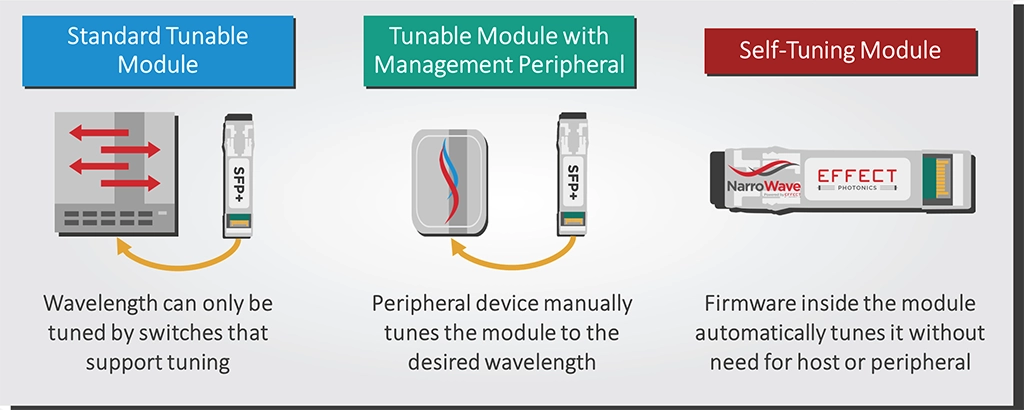Transceivers in Emergency Communications
Telecommunications are indispensable during emergencies and natural disasters for their pivotal role in coordinating emergency responses, disseminating public safety information, and facilitating access to critical services. In times of crisis, efficient communication is essential for first responders, emergency services, and affected communities to collaborate seamlessly, allocate resources effectively, and ensure the safety of individuals.
Telecommunications also play a crucial role in family reunification, logistical support, and the gathering and disseminating of real-time information, contributing to well-informed decision-making and adaptive responses. Moreover, these communication channels provide emotional support, maintain social connections, and foster community resilience in adversity. As we navigate an unpredictable world fraught with natural disasters and unforeseen emergencies, the reliability of communication infrastructure becomes a lifeline for affected communities.
Optical transceivers for these disaster and emergency communications require specific characteristics to make them resistant to harsh environmental conditions and easier to install, deploy, and maintain. This article will dive into some ways that tunable transceivers can meet such requirements.
Self-Tuning Reduces Time to Service in Emergencies
Simplified provisioning and installation processes are essential to facilitate swift deployment, allowing responders to establish critical communication links without the burden of complex configurations. As time is often a critical factor during crises, transceivers should ideally adapt to the network environment to expedite the setup.
Typical tunable modules involve several tasks—manual tuning and verification of wavelength channel records—that can easily take an extra hour just for a single module installation. Self-tuning allows technicians to treat tunable modules the same way they do with grey transceivers. The network administrator could automate the configuration and provisioning of each transceiver unit from their central office, ship the units to each remote site, and the personnel in that site (who don’t need any technical experience!) just need to power up the unit. After turning them on, they could be further provisioned, managed, and monitored by experts anywhere in the world.

Once plugged in, the transceiver will set the operational parameters as programmed and communicate with the central office for confirmation. These provisioning options make deployment much more accessible for network operators. This plug-and-play operation of self-tuning modules eliminates the additional time and complexity of deploying new nodes and DWDM links in optical access networks.
The Role of Remote Diagnostics
When disaster strikes, some areas may become isolated or pose safety risks, making on-site monitoring impractical. In these scenarios, remote diagnostics proves invaluable in maintaining communication links in hard-to-reach locations or those affected by adverse conditions. They enable real-time assessment of transceiver health, performance, and potential issues without direct physical intervention.
In EFFECT Photonics’ transceivers, the same channel that establishes parameters remotely during installation can also perform monitoring and diagnostics afterward. The headend module in the central office could remotely modify certain aspects of the tail-end module in the remote site, effectively enabling several remote management and diagnostics options. The figure below provides a visualization of such a scenario.

The central office can remotely measure metrics such as the transceiver temperature and power transmitted and received. These metrics can provide a quick and helpful health check of the link. The headend module can also remotely read alarms for low/high values of these metrics.
Industrially-Hardened Transceivers for Rough Environments
Typical transceivers reside in the controlled settings of data center machine rooms or network provider equipment rooms. These rooms have active temperature control, cooling systems, dust and particle filters, airlocks, and humidity control. In such a setting, pluggable transceivers must operate within the so-called commercial temperature range (c-temp) from 0 to 70ºC.
However, optical transceivers for emergency and disaster scenarios must survive the rough outdoor environments at the whims of Mother Nature. Transceivers should operate in the industrial temperature range (I-temp) for these outdoor settings from -40 to 85ºC. Higher altitude deployments provide additional challenges, too. Because the air gets thinner, networking equipment cooling mechanisms become less effective, and the device cannot withstand casing temperatures as high as they can at sea level.

Industrial hardening involves using robust materials, protective enclosures, and enhanced durability features, ensuring that the transceivers can endure the rigors of the outdoors. Making an I-temp transceiver means that every internal component must also be I-temp compliant. You can learn more about industrial hardening in the following article.
Takeaways
In times of crisis, the pivotal role of telecommunications in coordinating emergency responses and ensuring public safety cannot be overstated. The deployment of self-tuning transceivers reduces the time to service during emergencies by simplifying provisioning and installation processes. Their plug-and-play operation allows for swift deployment in remote locations, ensuring that critical communication links are established efficiently, even by personnel without technical expertise.
Remote diagnostics capabilities help maintain communication links in hard-to-reach or hazardous locations, enabling real-time assessment without physical intervention. In these cases, industrial hardening of transceivers also emerges as a critical necessity, ensuring their resilience in rough outdoor environments subjected to the unpredictable forces of nature. By meeting these requirements, optical transceivers become resilient components of emergency communication systems, contributing significantly to the reliability and effectiveness of communication networks when they are needed most.
